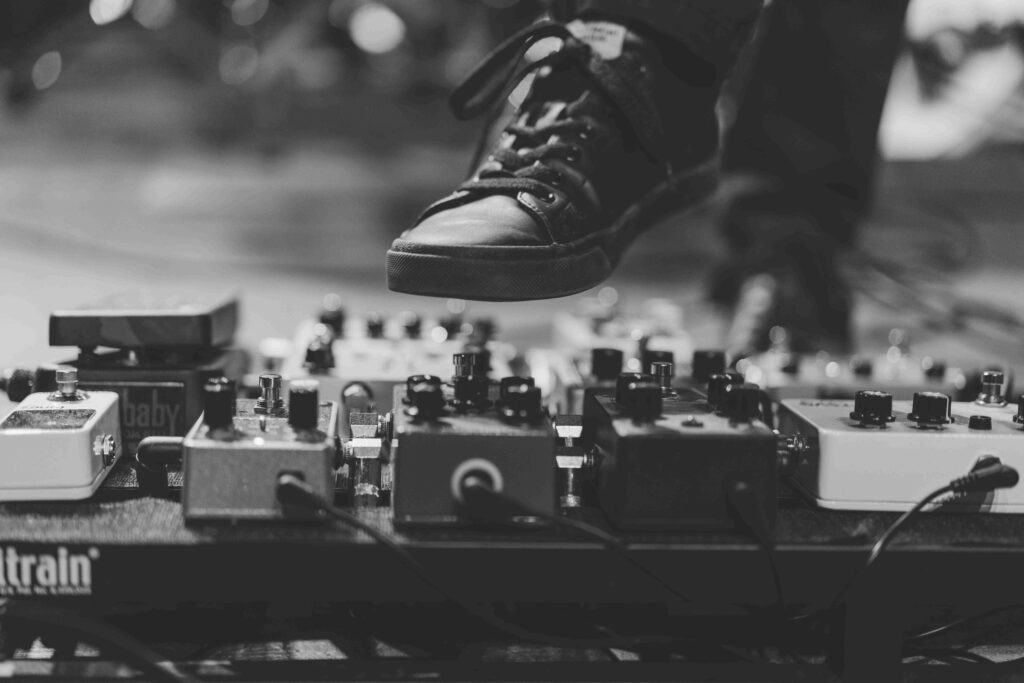Introduction:
Indie music, short for independent music, has evolved from its humble origins to become a revolutionary force in the contemporary music landscape. It serves as a vibrant platform for diverse artists to explore their creativity, express their unique identities, and challenge the boundaries of traditional music genres. In this article, we delve into the rich tapestry of modern indie music, examining its origins, its impact on the industry, and the thriving community that continues to push boundaries and captivate audiences worldwide.
A Historical Perspective:
Indie music emerged in the late 1970s and early 1980s as a reaction to the commercialization and homogenization of the mainstream music industry. Independent record labels and artists sought to regain creative control and authenticity by releasing music outside the traditional major label system. Pioneers like The Smiths, Joy Division, and Sonic Youth paved the way for a new generation of artists, setting the stage for the flourishing indie scene we witness today.
The Indie Sound:
What defines indie music today is its fluidity and willingness to experiment. Artists often draw influences from various genres, including rock, pop, folk, electronic, and more, resulting in a sound that defies categorization. From the dreamy, introspective melodies of Beach House to the energetic, guitar-driven anthems of Arctic Monkeys, indie music encompasses a vast spectrum of sonic experiences, providing something for every listener’s taste.
Independent Spirit and Creative Freedom:

One of the most captivating aspects of modern indie music is the freedom it grants artists to explore and express themselves authentically. Independent artists have the autonomy to experiment with unconventional song structures, non-conformist lyrics, and innovative production techniques. This artistic independence allows them to create music that challenges societal norms, pushes boundaries, and resonates deeply with audiences seeking something beyond the mainstream.
Digital Age and Indie Music:
The rise of the internet and digital platforms has played a pivotal role in the growth of modern indie music. Artists now have unprecedented access to global audiences, allowing them to bypass traditional gatekeepers and connect directly with their fans. Platforms like Bandcamp, SoundCloud, and YouTube have become launching pads for indie artists to gain exposure, build fan bases, and even secure record deals. The democratization of music production and distribution has empowered countless artists who might have otherwise gone unnoticed.
Diverse and Inclusive Community:
The indie music community is known for its inclusivity and diversity. It celebrates artists from all backgrounds, fostering a welcoming environment where creativity flourishes. LGBTQ+ artists, artists of color, and women have found a supportive space within indie music to share their stories and experiences, challenging stereotypes and amplifying underrepresented voices. This inclusivity enriches the music landscape, contributing to the eclectic and ever-evolving nature of the genre.
Indie Music’s Influence on the Mainstream:

Over the years, indie music has transcended its niche status, infiltrating the mainstream with its distinct sounds and unique perspectives. The success of artists like Arcade Fire, Vampire Weekend, and Tame Impala has not only solidified the relevance of indie music but has also inspired major labels to adopt elements of the indie aesthetic in their mainstream offerings. This cross-pollination has led to a blurring of boundaries, resulting in a more diverse and adventurous music scene overall.
Conclusion:
Modern indie music represents a vibrant and ever-evolving sonic revolution. It continues to challenge conventions, redefine genres, and inspire both artists and audiences alike. With its spirit of independence, creative freedom, and inclusivity, indie music has become a testament to the power of grassroots movements and the ability of music to transcend boundaries. As we navigate the vast and eclectic landscape of modern indie music, we are reminded of its enduring impact on the industry and the invaluable role it plays in shaping the cultural fabric of our society.











3 thoughts on “The Sonic Revolution: Exploring the Vibrant World of Modern Indie Music”